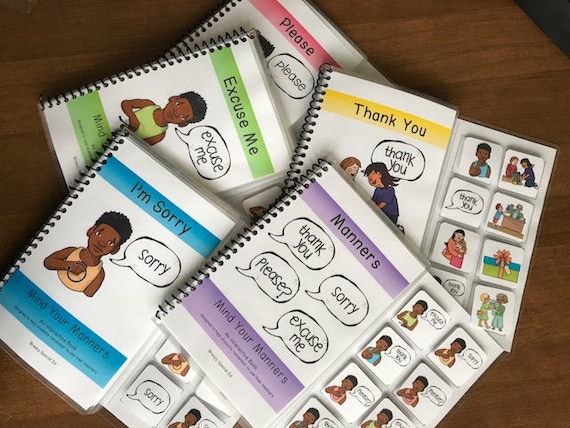When teaching life skill math, make sure that what you are teaching is able to be transferred to life outside of the classroom. Seriously, you don't want to waste your time (and your students' time) on skills that won't be used in the real world!
One of the easiest ways to do this when teaching money is to make sure the materials in your classroom are realistic.
Realistic Cash Register
I don't know why, but every "play" cash register I have found has spots for 3 bills. Why? I wish I knew! Pretty sure all normal cash registers have 4 (and maybe some bank specific ones have more). So when working with money in your classroom, buy a cash register drawer (amazon affiliate link) to use instead of a play cash register. It is just about the same price as the play version from Lakeshore learning!
Another great option is to see if anyone is donating an old cash register. Ask your local Buy Nothing group on Facebook.
Use Pretend Money...but Realistic Money
Obviously, the real thing is the best thing, but keeping cash in the classroom might not be the best option. Don't buy the play money that is all the same color.
Students with special needs, they need something that is closer to the real thing like
these ones (amazon affiliate link). Plus the color (like on our real dollars) makes it easier to identify which bill is which, which is especially helpful for students who aren't recognizing numbers.
If using coins, ask if anyone has some spare coins they can donate to your classroom!
Realistic Money Worksheets
When I started teaching money skills to my students, I was surprised at how many resources were aimed at teaching coins. I highly recommend teaching bills first, and then once your students have mastered that then you can move onto coins. More on that
here.
When you are looking for
resources to teach money, make sure they use realistic colors and images, that they use both the fronts and backs of the bills (or coins), and that there is a wide variety of worksheets for repetition and practice. And if your students are moving onto coins, make sure the sizes are accurate, the penny is slightly bigger than the dime and smaller than the nickel and quarter, etc.
Practice with realistic money like shown above!
Do you have resources for teaching money in your classroom that you love? Please share! I hope you found these ideas and suggestions helpful. As always, thank you for all you do to help your students succeed! :)
loading..













A realistic cash register is a great suggestion. I've never thought about the importance of how close to the real thing as possible it should look. Differentiating the different bills by color is a really good idea when students are newly introduced to money. Thanks for the tips!
ReplyDelete